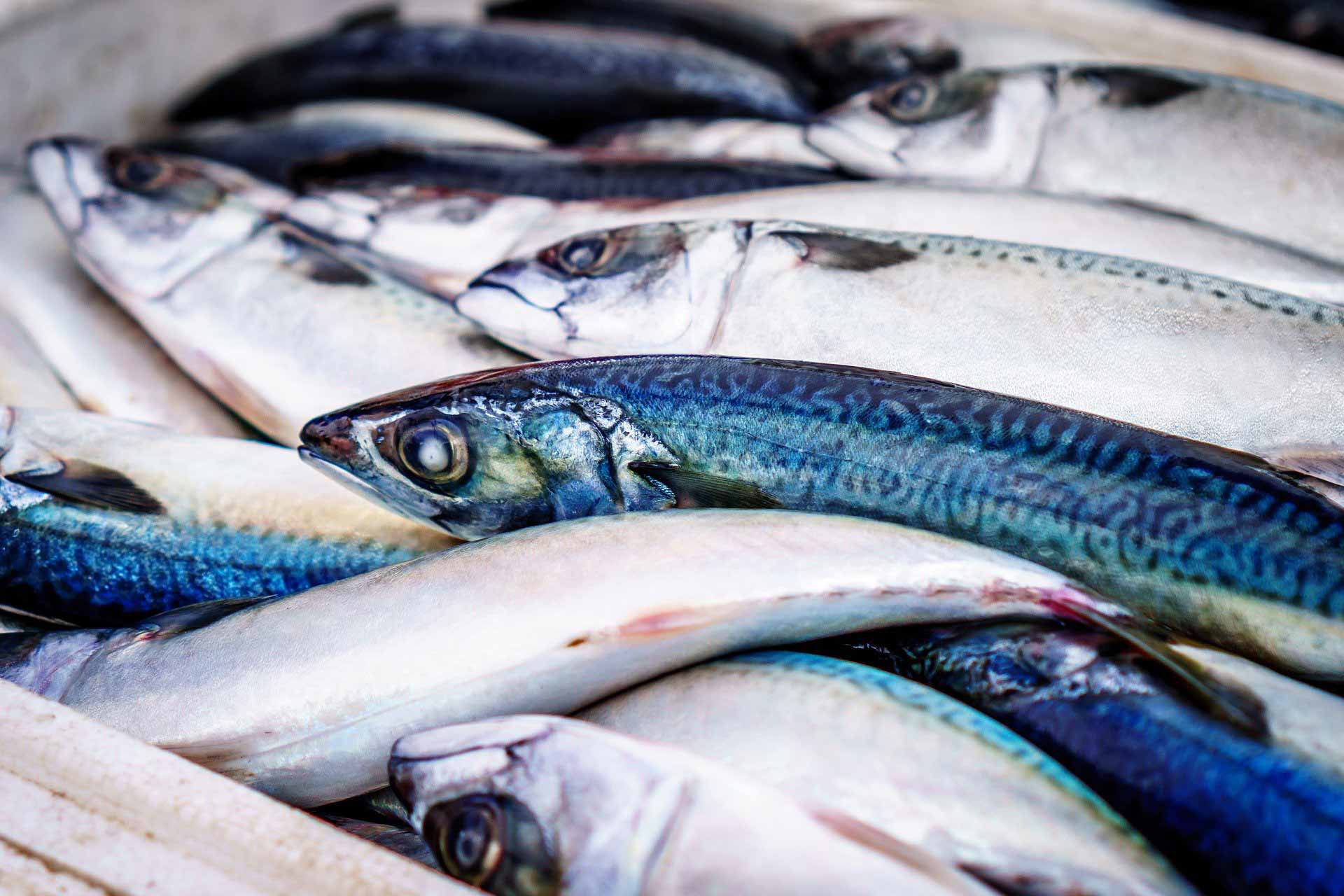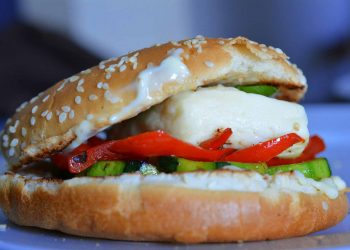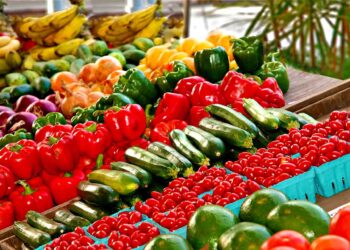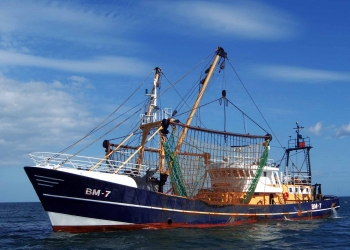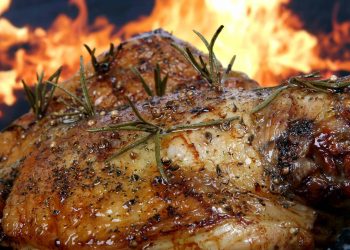In a post Brexit trilateral format EU, Norway and the United Kingdom agreed on the management of fisheries access in the North Sea. The trilateral arrangement on jointly managed fisheries stocks in the North Sea for 2021 establishes the total allowable catches (TAC) and quota sharing covering over 636,000 tonnes of fish. In parallel, the EU and Norway have concluded bilateral consultations for the shared stocks in the North Sea, Skagerrak and quota exchanges.
Following the departure of the United Kingdom from the EU, the three parties met for the first time in January this year in a trilateral format to agree on the management of North Sea fisheries access and key shared stocks in the North Sea. After two months of negotiations, the three parties signed an agreement, allowing for the joint management of the following stocks: cod, haddock, saithe, whiting, plaice and herring. The agreement on quotas for 5 out of these 6 stocks have been set at maximum sustainable yield (MSY) levels, in line with the scientific advice from the International Council for the Exploration of the Seas (ICES). This results in quota reductions in 2021 for saithe (-25%), plaice (-2.3%) and herring (-7.4%), but increases in haddock (+20%) and whiting (+19%). Concerning the North Sea, Skagerrak and Eastern Channel cod stocks, the EU had advocated for a decrease of the total allowable catches by 16.5% for 2021. The negotiations resulted in a 10% decrease (i.e. a TAC of 15,911 tonnes) – a slightly less ambitious outcome than the EU had worked for. The parties agreed to continue implementing a range of additional measures, to protect adult and juvenile cod, such as area closures. The EU will also continue to implement its specific control and inspection programme to further reduce catches of younger stock.
EU-UK waters? Fishing rights in a common Brexit fishery zone

The three parties have also agreed to cooperate on monitoring, control and surveillance, organised in a trilateral setting for the first time.
The EU and Norway also signed three bilateral agreements relating to the quota exchanges and reciprocal access in the North Sea. Both parties have renewed the arrangement on reciprocal access for the jointly managed stocks in the North Sea. In addition, they agreed that for pelagic stocks the EU will have access to catch its quota of Norwegian Spring spawning herring in Norwegian waters, while in the case of blue whiting there will be reciprocal access to waters of the other party to catch up to 141,648 tonnes. The other main pillar of this arrangement covers quota exchanges of major economic interest to both sides, including 10,274 tonnes of Arctic cod for the EU and 37,500 tonnes of blue whiting for Norway, among many others.
Can King Charles II give the Brexit Deal at sea for fishermen?
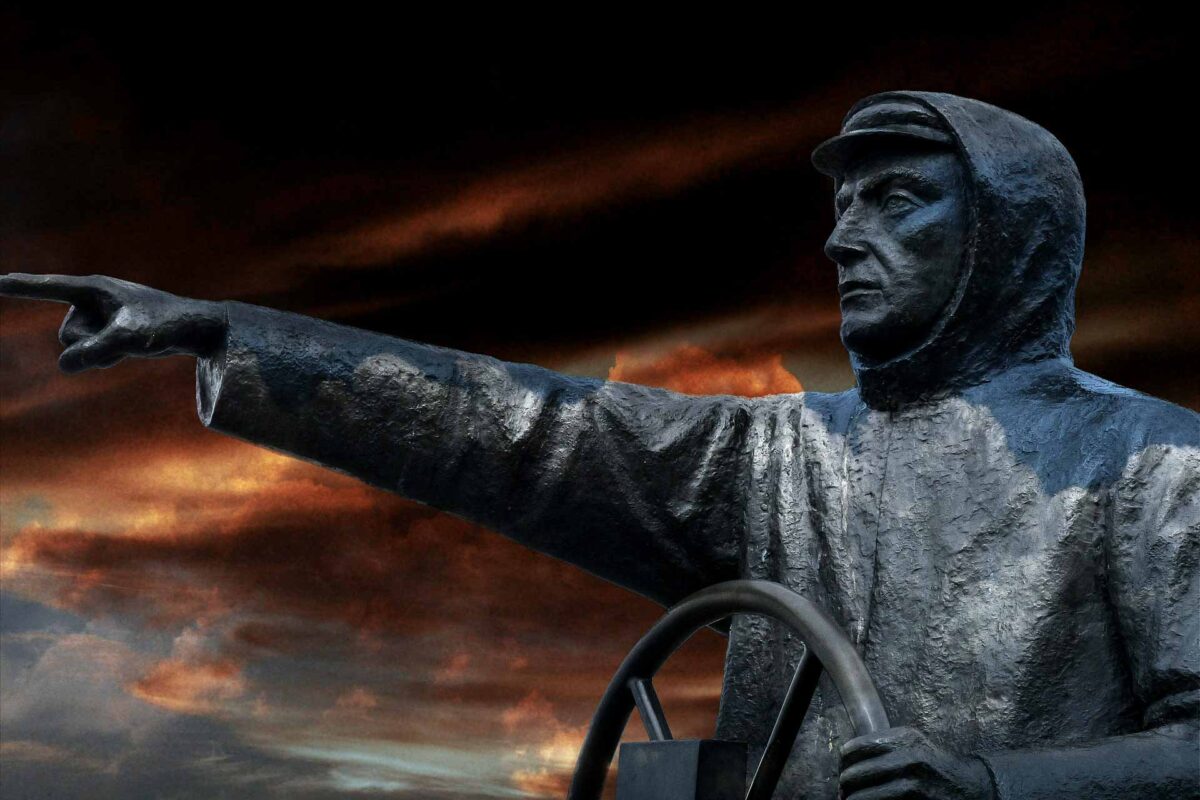
The second bilateral arrangement relates to the setting of the total allowable catches (TACs) and quota sharing for Skagerrak and Kattegat for cod, haddock, whiting, plaice, pandalus, herring and sprat, as well as the bilateral reciprocal access in the area. Finally, the parties also signed the neighbouring arrangement covering the Swedish fishery in Norwegian waters of the North Sea.
The agreements reached will enable the much anticipated restart of the EU’s fishing operations in Norwegian waters, and vice-versa, which had been partially discontinued since 31 December 2020.

